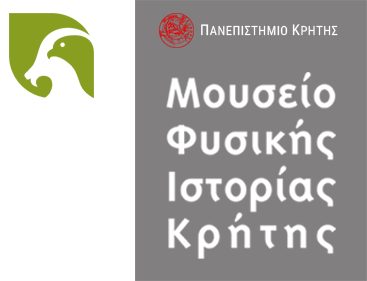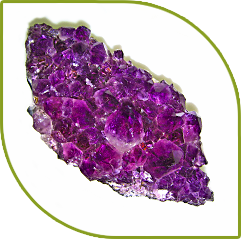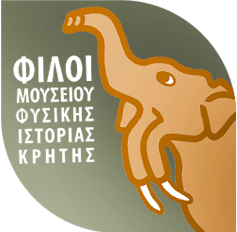Two main goals of the Natural History Museum of Crete-University of Crete (NHMC – UoC) are research on the environment of Crete, Greece and more broadly the eastern Mediterranean as well as the preservation and enrichment of the Natural History Collections (NAC) and records related to the environment of its area of action.
From a research point of view, the NHMC – UoC focuses on the study of the diversity of the eastern Mediterranean in the fields of Geology, Paleontology, Ecology, Management, Evolution, Biogeography, Phylogeny, Phylogeography, Systematics and Taxonomy.
NACs make diverse contributions to science and society in fields as diverse as traditional taxonomy and systematics, assessment of the effects of environmental change, and public health, providing the evidence from which scientists draw knowledge on various issues, such as:
- documenting biological and cultural diversity in an unprecedented era of environmental crisis
- developing a basic understanding of the impacts of climate change and other environmental threats;
- determining the impact of invasive species on ecosystems (e.g. crop plants) the monitoring of changes in environmental resources
- the monitoring of hosts and parasites for infectious diseases;
Going through the third decade of the 21st century, we are now faced with a multifaceted environmental crisis that plagues the entire planet, with the main characteristics being the degradation of the environment, climate change and the reduction (loss) of biodiversity. The Greek Natural History Collections, in addition to being a valuable cultural heritage, constitute an invaluable national infrastructure for the study and assessment of biodiversity, and its correlation with environmental changes over the years. They are also a key resource for the country to meet its obligations arising from international agreements, such as the Convention for Biological Diversity (CBD) and the Nagoya Protocol.
At the European level, NACs include 1.5 billion samples distributed across numerous institutions/bodies in Europe. These specimens represent 55% of the world’s specimens and 80% of the world’s described biodiversity. These dizzying numbers show the very great dynamics, but at the same time the correspondingly great need for interconnection and homogenization. The very large dynamics of taxonomic facilities in Europe prompted, already in 1996, the creation of a pan-European network with the participation of the institutions that owned them, the Consortium of European Taxonomic Facilities (CETAF), which played a key role in conceiving the idea and creating one of the largest European research infrastructures, called the Distributed System of Scientific Collections (DiSSCo). The DiSSCo infrastructure is already one of the programs in the European research infrastructure (Research Infrastructure – RI) of ESFRI, with the aim of developing and homogenizing the digital processes of the respective institutions and the added value that this integration will bring at the level of the European Union. In other words, in the transformation of a fragmented landscape of NACs in the European area, into an integrated knowledge base, which will provide interconnected, certified evidence about the natural world.
NHMC – UoC is the national representative in the European research infrastructure DiSSCo, which aims to develop digital services for researchers, businesses and the public. The DiSSCo consortium involves 136 institutions with natural history collections from 21 countries, with more than 5,000 researchers. Each of the 21 countries is represented by the respective national representative, Greece in this case, by the NHMC – UoC.
Since 1985, great efforts have been made initially for the creation and then for the enrichment and classification of the collections of the NHMC – UoC. Today, the collections of the NHMC – UoC include specimens mainly from Greece and the wider Mediterranean region. A large part of them comes from donations of the personal collections of the NHMC – UoC researchers. In addition to the material collected as part of the research programs, research missions are organized every year both in Greece and abroad. In more detail, the Museum’s collections, which exceed 3,000,000 specimens, include:
- Zoological collections
- Botanical collections
- Geological-Mineralogical and Paleontological collections
- Anthropological collections
For more information on the Operating Regulations of the Collections of the Natural History Museum of Crete – University of Crete, click here.
















 Ελληνικά
Ελληνικά